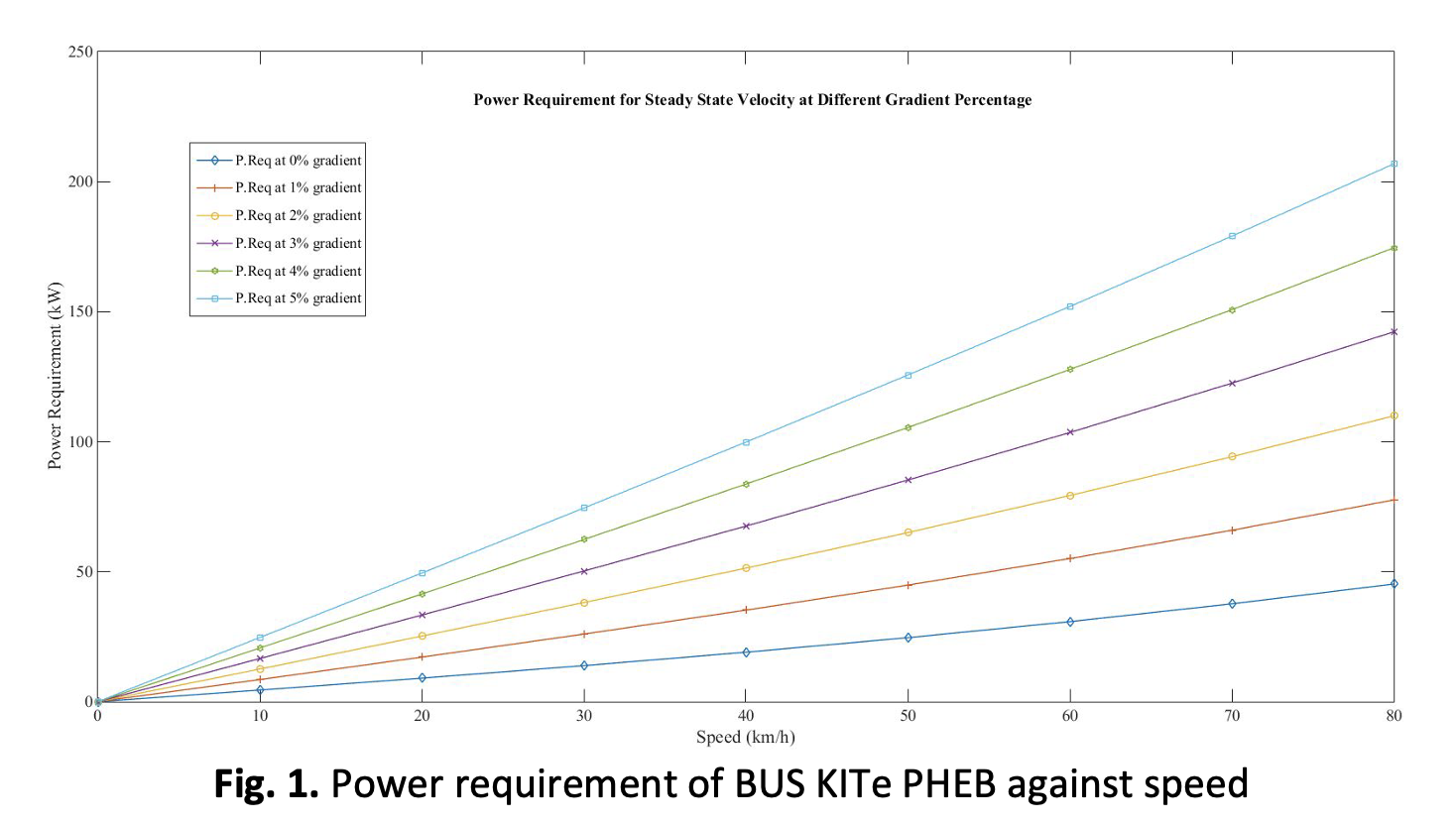Power Requirement Study of Bus KITe PHEB in Kuala Terengganu
DOI:
https://doi.org/10.37934/araset.39.1.159167Keywords:
Bus KITe PHEB, Power requirement, Electric machine, Internal combustion engine, Energy storage systemAbstract
Air pollution and the depletion of fossil fuel are both made worse by the increasing number of vehicles on the road. Conventional vehicles never fulfil future regulations for emission and fuel usage. In addition to this, diesel-powered vehicles are quickly becoming one of the most significant sources of particulate matter (PM) and nitrogen oxides (NOx) in the atmosphere. Electric vehicles (EV), hybrid electric vehicles (HEV), and plug-in hybrid electric vehicles (PHEV) are only a few examples of the innovative vehicle topologies that have emerged in recent years. The battery pack in a PHEV is more substantial than that of a HEV. Plus, it gets the same mileage as regular cars while using a combination of fuel and electricity as its propulsion source. The power requirement for the BUS KITe plug-in hybrid electric bus (PHEB) powertrain has been determined in this work by employing a steady-state velocity and the Kuala Terengganu driving cycle in accordance with the bus parameter, specification, and performance requirement. The power requirements of the bus can be used to determine the appropriate dimensions for the electric machine, internal combustion engine, and energy storage system that make up the BUS KITe PHEB model in MATLAB/SIMULINK environment.
Downloads




























